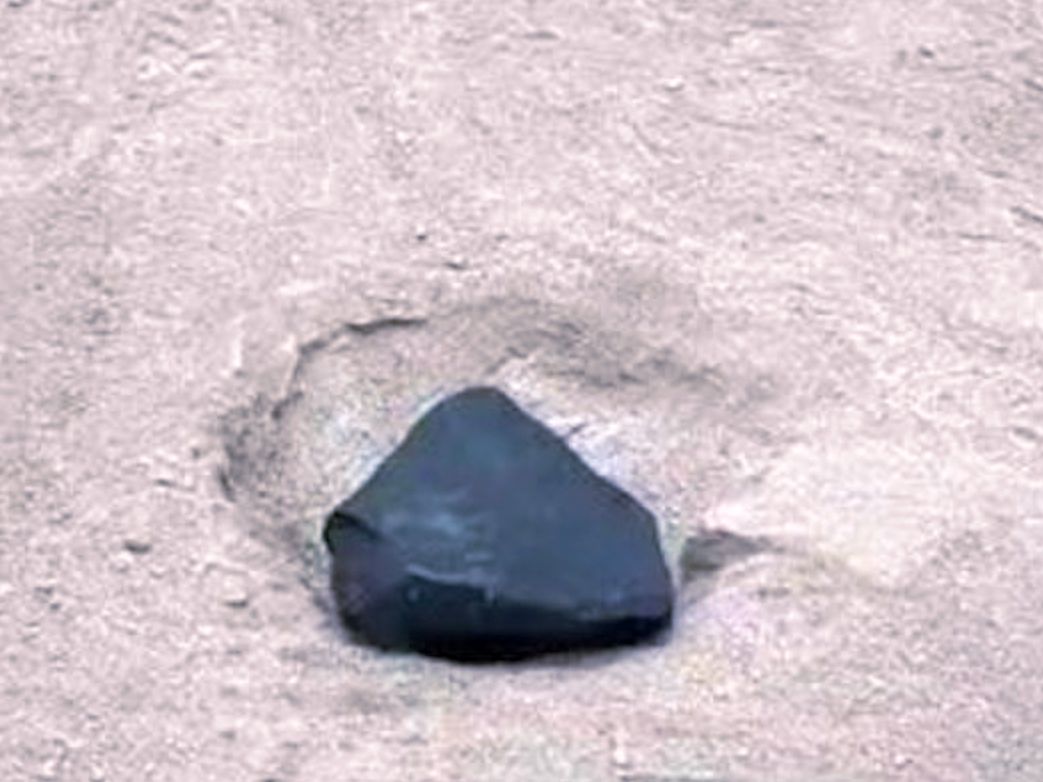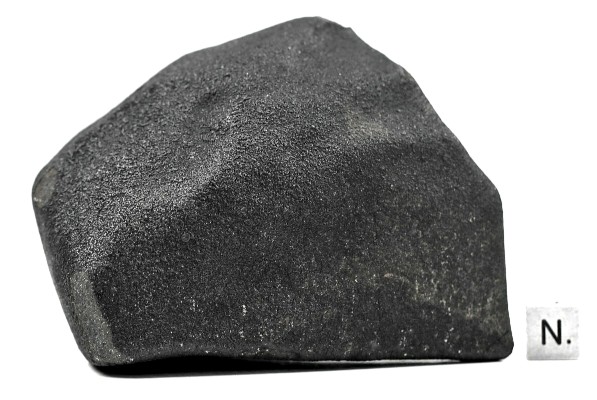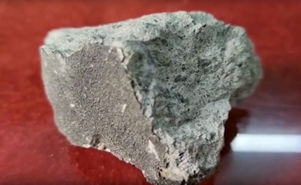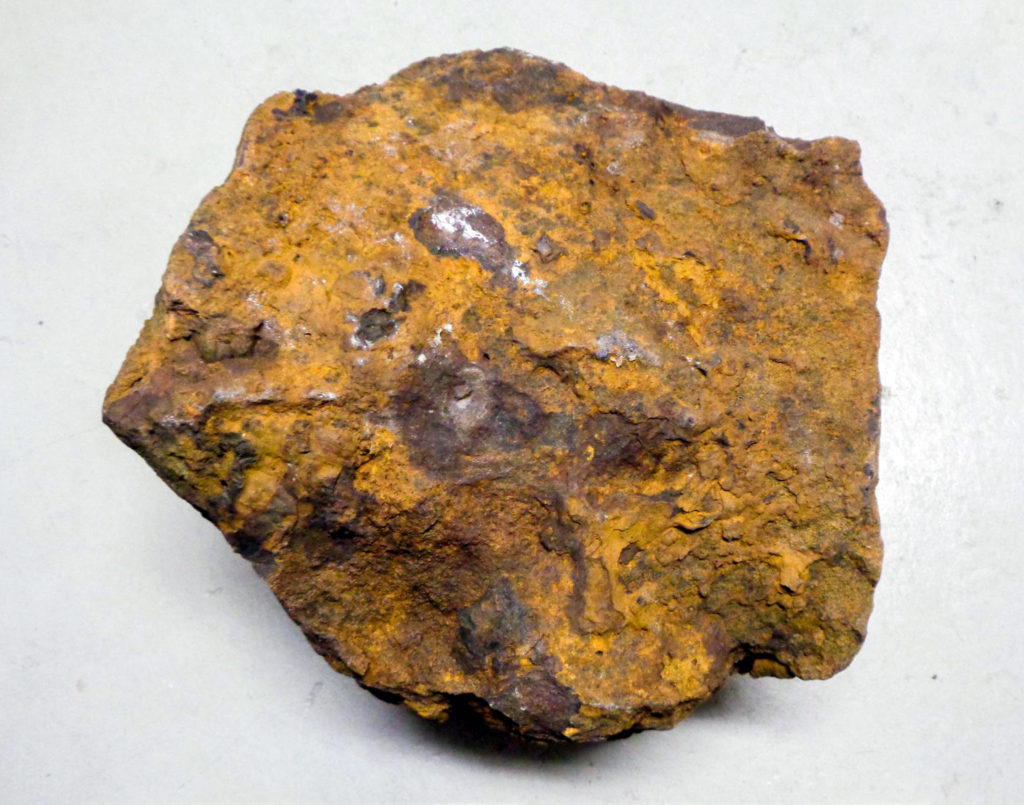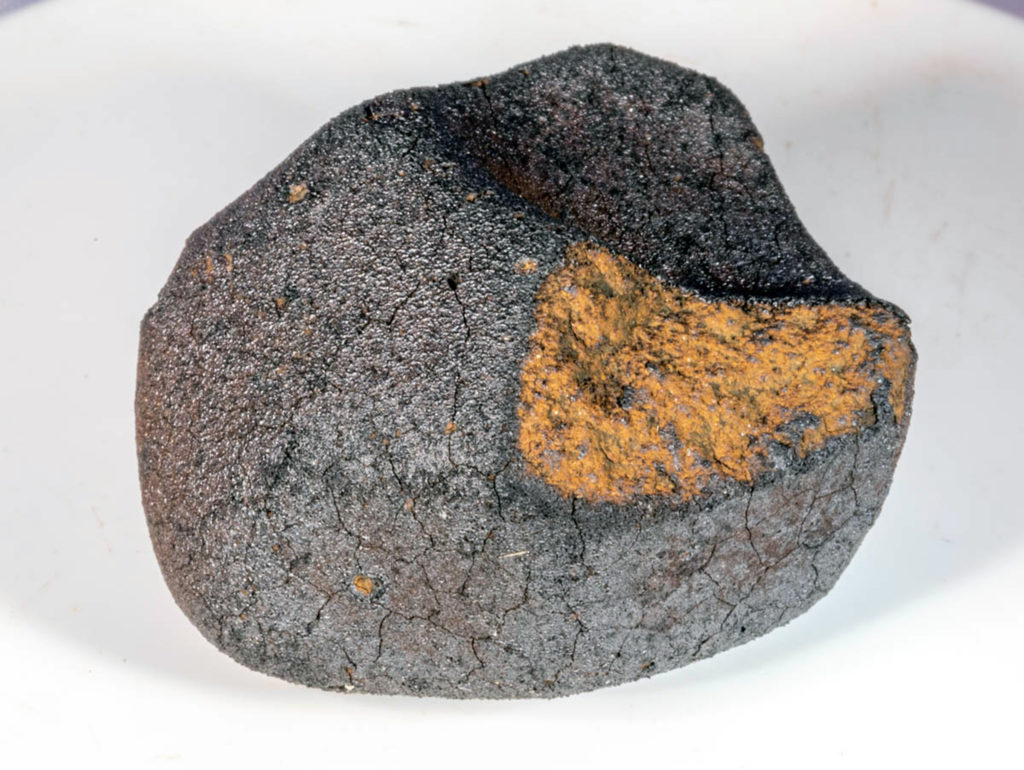A refined isotopic composition of cometary xenon and implications for the accretion of comets and carbonaceous chondrites on Earth
William S. Cassata
Earth and Planetary Science Letters
Volume 660, 15 June 2025
“Highlights
- Earth’s atmosphere contains 15.3 ± 2.8% cometary Xe and 27.9 ± 9.5% cometary Kr (1σ).
- Carbonaceous chondrites are likely the predominant source of meteoritic Xe and Kr.
- An accretion mass of 1.8– 5.2 wt.-% of Earth is implicated (95% confidence interval).
- Such accretion may have delivered up to 6 – 18 oceans of water to Earth.
- Comets would have delivered less than 0.2% of Earth’s water.”
“The origins of Earth’s volatiles, including water, remain uncertain. Noble gases can be used to constrain volatile sources as they exhibit significant chemical and isotopic variations amongst Solar System materials that Earth may have accreted. Here, I refine the isotopic composition of cometary xenon (Xe) measured during the Rosetta mission by optimizing its fit to isotopically similar presolar grains in meteorites. Using this composition, I show that Earth’s atmosphere can be explained as a mixture of 83.6 ± 3.2% meteoritic, 15.3 ± 2.8% cometary, and 1.1 ± 0.7% fission Xe (1σ; percentages are with respect to 132Xe). This same approach applied to Kr indicates Earth’s atmosphere is 72.1 ± 9.5% meteoritic and 27.9 ± 9.5% cometary Kr (1σ; percentages are with respect to 84Kr). Carbonaceous chondrites are likely the predominant source of meteoritic Xe. A carbonaceous chondrite accretion mass of 1.8– 5.2 wt.-% of Earth at the 95% confidence interval explains the relative abundances of meteoritic and fission Xe in Earth’s atmosphere. Such accretion may have delivered up to 6 – 18 oceans of water to Earth. Conversely, a cometary ice accretion mass of less than 5 × 10–5 wt.-% of Earth explains the relative abundance of cometary Xe. This would have delivered less than 0.2% of Earth’s water. The data further imply a more linear temporal variation in the mass dependent fractionation of atmospheric Xe throughout the first two billion years of Earth history than previously thought.”

